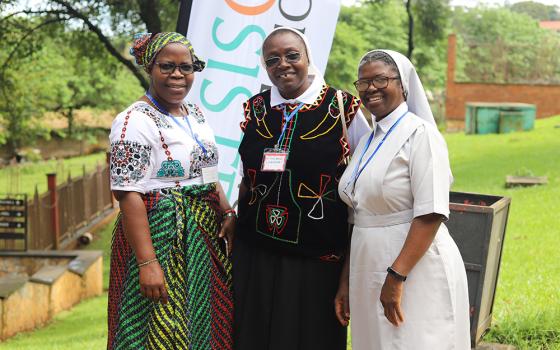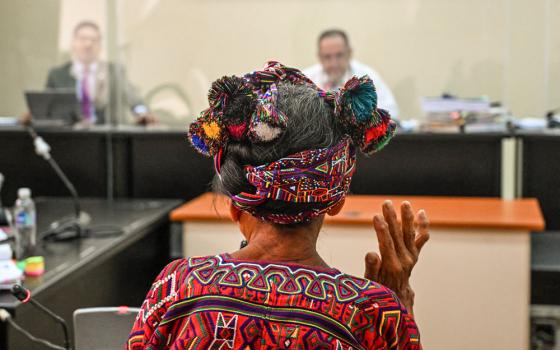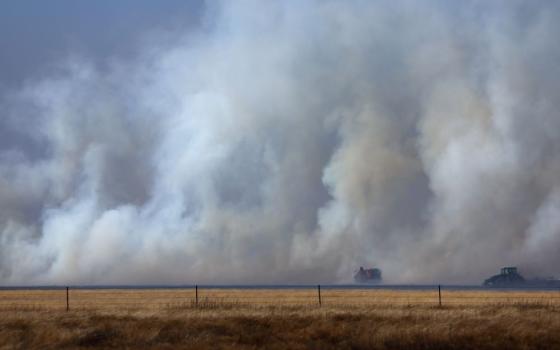Of all the areas being revitalized by the Relational Shift, the education of our children may well be the most poignant. While the relational perspective is, as yet, more influential in the academic disciplines at universities than it is in elementary and secondary schools, this is a moment of tremendous potential for reshaping the educational experience of young children starting out on their journey from kindergarten to high school graduation – and beyond. For the first time in the modern era, they are increasingly likely to be taught not the misleading mechanistic worldview but, rather, a coherent presentation of the relational nature of reality, a study of the fundamental relationships of the physical world and the cultures of the human family.
An organic progression would begin for very young children with a focus on the internal relationships that allow their own bodies to work so well (that is, a version for 5- and 6-year olds of the recent discoveries in relational physiology that reveal how creative and smart our internal bodymind relationships are).
This would lead to a focus on the relationships between their bodies and the sun, the weather, and water and subsequently to relationships between oxygen and breathing, between sunlight and photosynthesis for plants, between bees and pollination, and between juveniles and their parents in all animal and human families.
From the early years of elementary education the children would enter into an understanding that the various areas of study are specific ways of grasping the relationships that constitute the world. They would learn about relationships among numbers (arithmetic); relationships among letters and words (reading, writing, and storytelling); relationships among the sun, the Earth, the moon, and the other planets (science); relationships among people who constitute a culture (social studies), and so on.
As the children mature, through high school, their understanding of the dynamic, creative relationships that constitute life becomes increasingly advanced, in areas such as literature, mathematics, science, history, art, music, social studies and political science (what used to be called civics). These would no longer be viewed as isolated fields, from which students readily disengage. They would comprise ways for students to grasp the relationships in which they themselves exist. In each area, understanding one level of relational analysis opens students’ eyes to the presence of further levels and developments.
Surely the shaping of a child’s consciousness would be enhanced by learning from the very beginning that she or he exists as an inherent part of more richly complex relationships – physical and mental, organic and cultural, creative and open-ended – than anyone could ever map. Along the way, children would also be taught the relational keys to happiness, resilience, responsibility, and what Edith Cobb called “compassionate intelligence.” By that Cobb meant a “generous worldview and process of understanding” involving a sense of relational identity that transcends a narrow focus on the self and that benefits from “humility as the creative tool.” She observed that a child’s development is ‘regulated by the meanings of nature imparted to him by the culture of his particular period in history.”
In modern Western culture she noted that a very young child “perceives preverbally the logic of relationships that are overlooked in later, more formally fixed and intellectualized systems of knowledge.” Cobb made that observation long before the relational critique of modernity illuminated the problem: the relational aspect of reality is not simply “overlooked” but brusquely shoved aside by the inculcation of a mechanistic worldview into the minds of children once they enter modern schooling.
The exciting potential in K-12 education today is not only that we might finally get it right in terms of accurately bringing our mechanistic knowledge systems up to date with the myriad recent discoveries in science about the deeply relational nature of the physical world. The relational orientation, in fact, contains all the best of several recently proposed educational reforms, including a focus on getting our children more interested in math and science so they will not be shut out of 21st-century jobs – but this overarching approach offers much more.
For our children to come of age securely situated in the understanding of organic and cultural interconnectedness might, just might, rescue them from the contagion of narcissism, aimlessness, and alienation that plagues so many of our young adults. It might well give them back their birth right as human organisms fully engaged with the embodied, embedded, organic interconnections needed to be healthy and to thrive, no longer isolate units of “coolness” and consumption but linked in their very cells with the dynamics of the entire Earth community and the entire universe.



